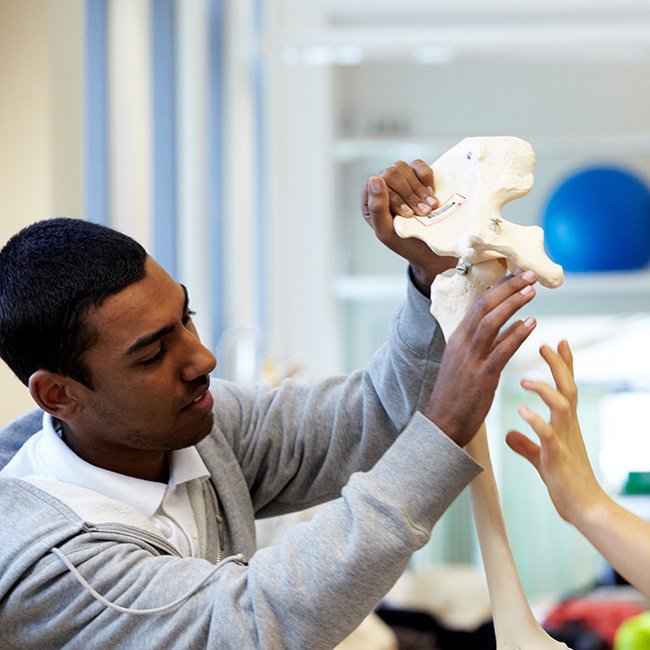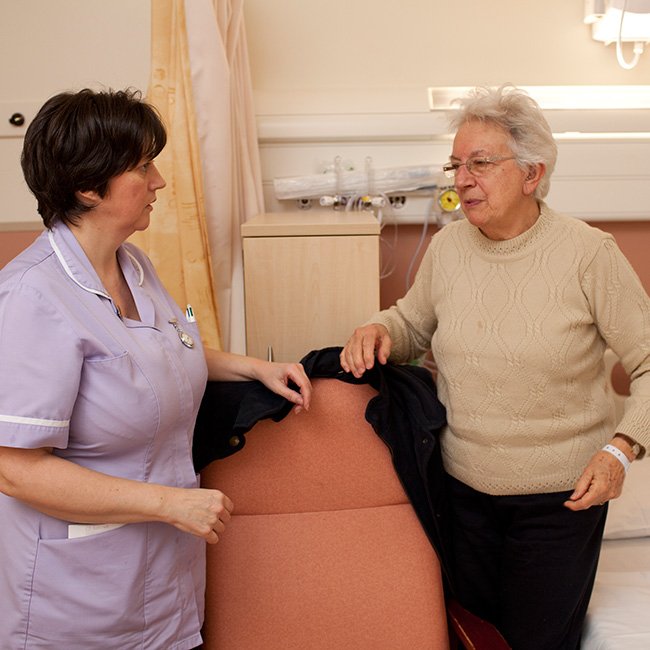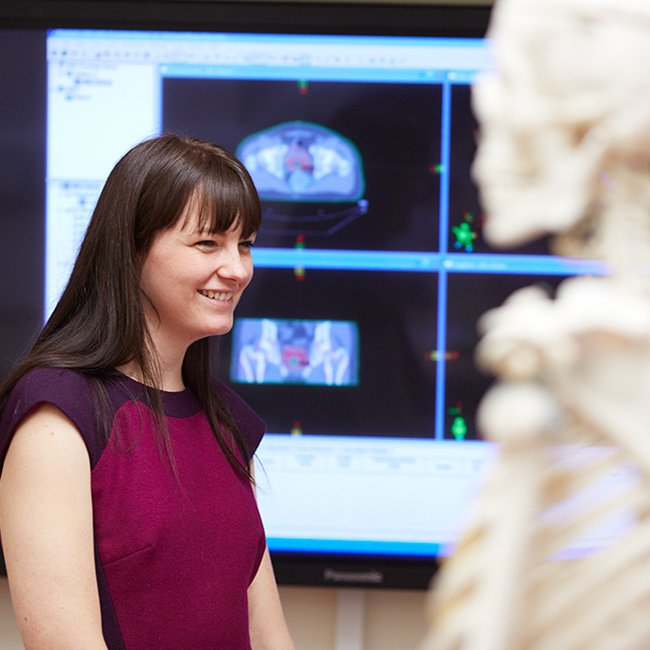Fundamentals of Musculoskeletal Radiographic Image Interpretation




Introduction
This module is delivered as 100% Distance Learning; materials are accessed as 'online anytime' with no scheduled teaching on campus or live online. There will be feedback and communication between students and the course team via online platforms throughout the module. This approach allows you the flexibility to study at a time convenient to you, removing the need to take time away from work or home. This module aims to enable you to learn the theoretical knowledge required to interpret projectional radiographic images of the musculoskeletal system, through the study of projectional radiographic appearances commonly seen in practice. It is relevant to all health professionals who have an interest in, or require an understanding of, radiographs of trauma in particular. The module will help you develop and apply skills to recognise normal and abnormal appearances of projectional radiographic images. By the end of the module, you will be able to synthesise clinical information commonly encountered in a range of care settings, especially acute and emergency care, to enable you to describe the radiographic appearances in a structured written format suitable to your role and scope of practice.
This module is offered in line with the current drivers to improve the patient experience in the A&E and other departments, by helping to eliminate missed diagnoses.
This module alone does not prove competence to provide medical reports, professionals undertaking it will be able to use their knowledge and skills to enhance the service they provide, in accordance with their professional scope of practice and employer's policies.
Who the module is aimed at:
The module is relevant to registered healthcare professionals who use or interpret images in their practice, typically diagnostic radiographers, junior doctors, nurses, and physiotherapists.
Benefits of taking the module to the individual, the organisation and the patient.
By studying this module you can informally interpret projectional musculoskeletal radiographic appearances, commonly seen in clinical practice.
For Diagnostic Radiographers, this module will enhance your 'abnormality detection systems' and 'Preliminary Clinical Evaluation' or commenting skills.
For non-Radiographers, this will enable you to formulate an opinion within your scope of practice to enhance you knowledge and skills relevant to your role.
What you learn
By engaging successfully with this module you can:
Recognise normal and abnormal appearances of projectional radiographic images of the musculoskeletal system, with an emphasis on appendicular trauma.
Formulate a diagnosis or differential diagnoses.
Formulate and communicate a written professional opinion based on the interpretation of radiographic images.
General areas covered.
Identify and describe normal versus abnormal appearances, including normal variants of the following anatomical regions:
Shoulder girdle to hand/fingers (upper limb)
Pelvic girdle to foot/toes (lower limb)
Normal versus abnormal cervical, thoracic and lumbar spine.
Description of fractures, dislocations and other conditions.
Skills gained for the workplace
Technical skills in image interpretation
Unique or interesting features
You learn with a range of health professionals as this module is offered across a range of courses in different professional groups.
As a 100% distance learning module you will require access to a computer with:
A reliable internet connection
Microsoft or Apple Mac Supported Office Software
The current version of Google Chrome or Mozilla Firefox
Fees and Funding for 2025/26
| Indicative price for stand-alone module |
Home student: £885 EU / International students: £885 - this is part-time study and therefore cannot provide sponsorship for Tier 4. |
|---|---|
| How to apply |
To apply for a self-funded place, please complete and return the application form below: To apply for a Workforce Development / Workforce Transformation funding WDF/WTF funded place, please complete and return the relevant application form below: Further information and Workforce Development Funding / CPD Funding online application form |
-
Entry requirements
• Relevant professional health qualification
• Relevant work experience
• Relevant workplace opportunities and organisational support(The above must be evidenced in the applicants application form)
International students must have reliable internet access and supply IELTS of 6.5 or above (or equivalent).
-
Attendance
Delivery Method:
This module is delivered via distance learning
View our statement on notional study hours »
Provisional timetable
The next intake is taking place 15th September 2025 and will end 15th January 2026.
This module is delivered via distance learning. Attendance at the university is not required but engagement with online activity is expected. -
Assessment
Module assessment is made up of one or more assessment tasks. The assessment task(s) for this module are:
- Phase Test
Successful completion of this module will earn you 15 level 7 credits
Further details
For further information please contact the module leader Denise Foulkes - d.foulkes@shu.ac.uk
